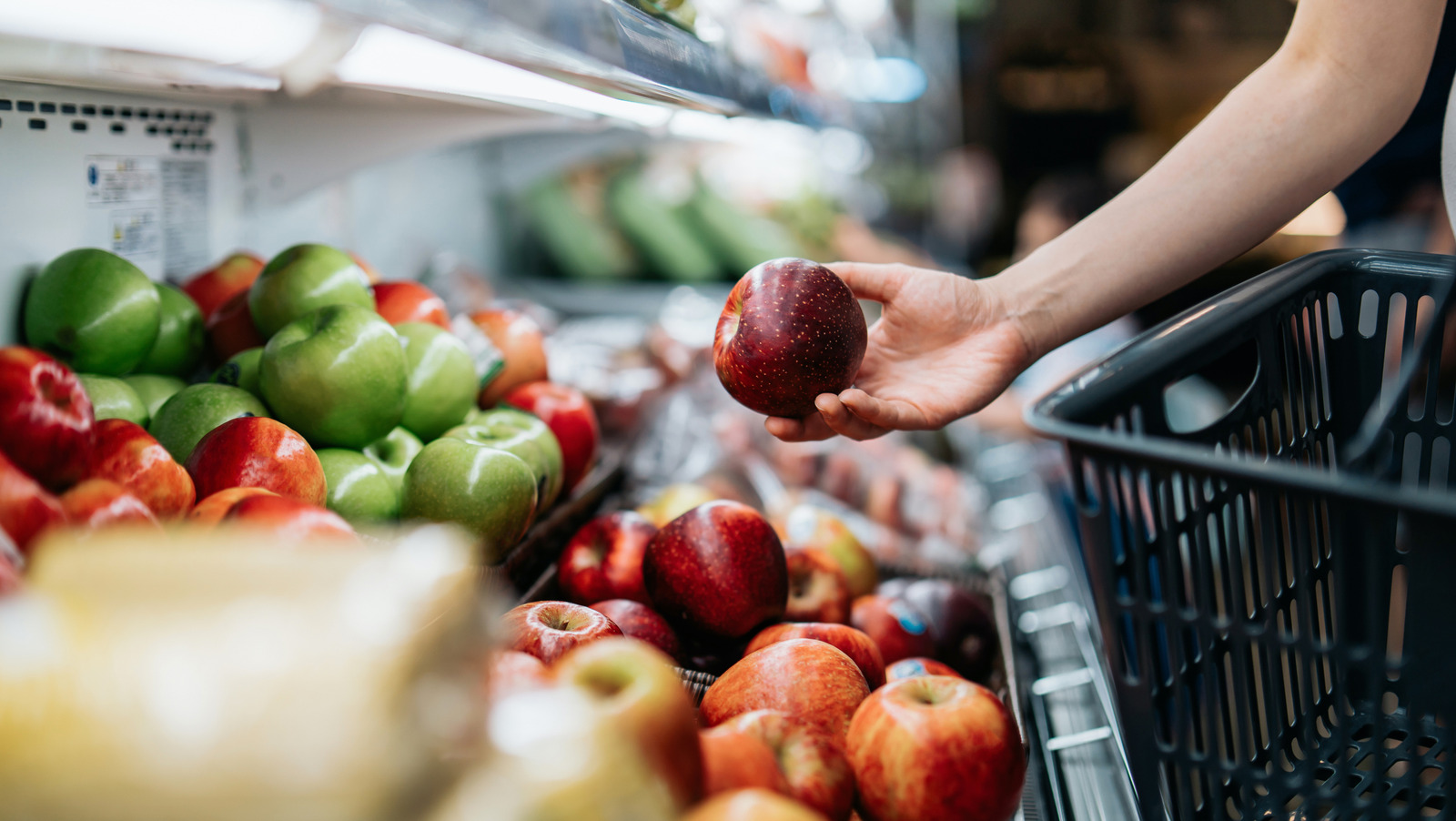Though it ultimately fills a refrigerator, pantry, or freezer, a trip to a grocery store can also be a gamble. With thousands of packages, foods, flavors, and textures staring customers in the face, it can be difficult to resist the temptation to snack while shopping. While snacking in a grocery store is frowned upon at best and law-breaking at worst, not all snacks are created equal.
Customers with rumbling stomachs should follow a certain etiquette when looking for a grocery store snack. Loose items like fruits and vegetables should be avoided at all costs for two significant reasons. First, loose produce is usually not sanitary, even with the occasional rinse from overhead misters. The uncertainty of how many people have touched these produce items (as well as the condition of them) makes snacking on fruits and veggies undesirable.
Second, it’s harder to price items that aren’t prepackaged. So, if a customer bags a pound of grapes and snacks on them during the rest of their grocery store visit, they won’t be paying for the full pound by the time the bag is scanned. In some cases, that can be tantamount to shoplifting if a customer is caught by a store employee. When that happens, the offending customer may be subject to shopkeeper’s privilege, where someone suspected of shoplifting can be detained and charged with a crime.
How to snack at the grocery store
So, what constitutes proper etiquette for grocery store snacking? Stick to prepackaged foods. Boxed and bagged foods like the most popular gummy candies or popcorn (either Skinny Pop or Smartfood Popcorn will do) already have a predetermined price and a bar code. This allows a bag of goodies — finished or not — to be easily scanned, and customers can still pay for the entire package without risking shoplifting.
Along with avoiding loose (and potentially expired) produce in a grocery store, customers may want to avoid wet snacks as well. Canned sodas and juice have the potential to spill without a resealable top, and jiggly, dairy-based snacks, such as yogurt and pudding, can be difficult to eat while shopping. Compared to dry snacks like chips or snack cakes, it’s easy to see why these other treats may be a bad idea in-store.
While the temptation to snack in a grocery store can be strong, it may be best to enjoy your sweet and salty snacks in the car upon completion of a shopping trip. This can save customers from awkward stares, breaking acceptable grocery store etiquette, and potentially even legal trouble the next time they run to the store for a handful of items.





